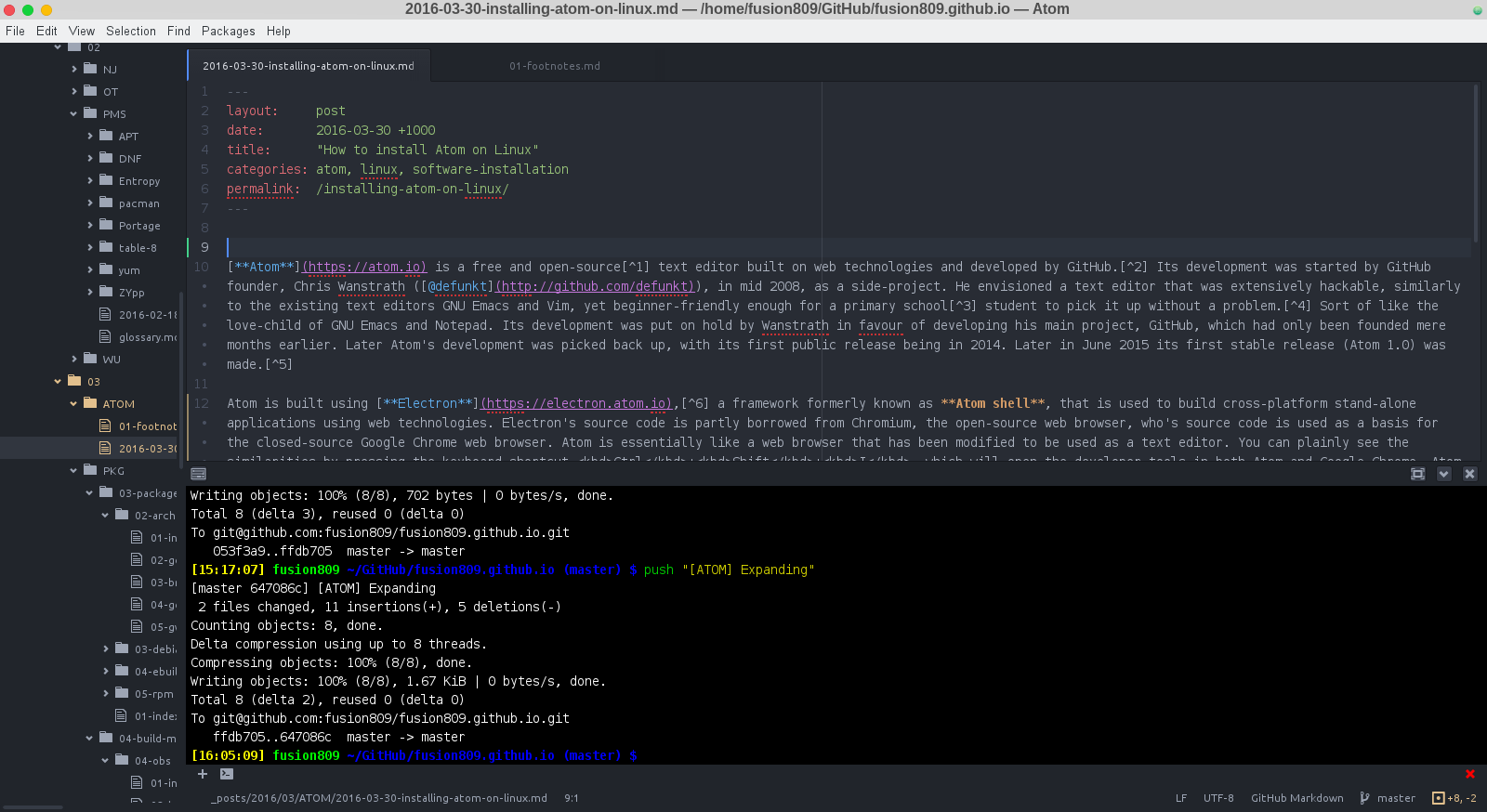

Npm minify update#
The first will help you update your pre-1.9 jQuery code to jQuery 1.9 up to 3.0. Use the compressed production version to simply fix compatibility issues without generating console warnings.

Use the uncompressed development version to diagnose compatibility issues, it will generate warnings on the console that you can use to identify and fix problems.

The plugin restores deprecated features and behaviors so that older code will still run properly on newer versions of jQuery. To simplify the transition from older versions of jQuery. We have created the jQuery Migrate plugin
Npm minify install#
You can install the latest version of jQuery with the npm CLI command:īower install https: ///jquery-3.6.1.min.js JQuery is registered as a package on npm. JQuery 3.6.1 blog post with release notes link Downloading jQuery using npm or Yarn You can also use the slim build, which excludes the ajax and effects modules:ĭownload the compressed, production jQuery 3.6.1 slim buildĭownload the uncompressed, development jQuery 3.6.1 slim buildĭownload the map file for the jQuery 3.6.1 slim build We also recommend using the jQuery Migrate plugin.ĭownload the compressed, production jQuery 3.6.1ĭownload the uncompressed, development jQuery 3.6.1
Npm minify upgrade#
link jQueryįor help when upgrading jQuery, please see the upgrade guide most relevant to your version. To locally download these files, right-click the link and select "Save as." from the menu. The map file is not required for users to run jQuery, it just improves the developer's debugger experience.Īs of jQuery 1.11.0/2.1.0 the //# sourceMappingURL comment is not included in the compressed file. You can also download a sourcemap file for use when debugging with a compressed file. The uncompressed file is best used during development or debugging the compressed file saves bandwidth and improves performance in production.
Npm minify software#
IN NO EVENT SHALL THE AUTHORS OR COPYRIGHT HOLDERS BE LIABLE FOR ANY CLAIM, DAMAGES OR OTHER LIABILITY, WHETHER IN AN ACTION OF CONTRACT, TORT OR OTHERWISE, ARISING FROM, OUT OF OR IN CONNECTION WITH THE SOFTWARE OR THE USE OR OTHER DEALINGS IN THE SOFTWARE.Compressed and uncompressed copies of jQuery files are available. THE SOFTWARE IS PROVIDED "AS IS", WITHOUT WARRANTY OF ANY KIND, EXPRESS OR IMPLIED, INCLUDING BUT NOT LIMITED TO THE WARRANTIES OF MERCHANTABILITY, FITNESS FOR A PARTICULAR PURPOSE AND NONINFRINGEMENT. The above copyright notice and this permission notice shall be included in all copies or substantial portions of the Software. Permission is hereby granted, free of charge, to any person obtaining a copy of this software and associated documentation files (the "Software"), to deal in the Software without restriction, including without limitation the rights to use, copy, modify, merge, publish, distribute, sublicense, and/ or sell copies of the Software, and to permit persons to whom the Software is furnished to do so, subject to the following conditions:
Npm minify license#
Github pages - JSON.minify Home Page LICENSEįorked from getify/JSON.minify The MIT License (MIT) Npm source $ npm install https: // /fkei/Įxample var jsonminify = require( "jsonminify")

install npm repo $ npm install jsonminify NOTE: As transmitting bloated (ie, with comments/whitespace) JSON would be wastefulĪnd silly, this JSON.minify() is intended for use in server-side processingĮnvironments where you can strip comments/whitespace from JSON before parsingĪ JSON document, or before transmitting such over-the-wire from server to browser. Port the implementation to as many other environments as possible/practical. The first implementation of JSON.minify() is in JavaScript, but the intent is to That a parser can't be taught to ignore them. A JSON decoder MAY accept and ignore comments."īasically, comments are not in the JSON generation standard, but that doesn't mean "A JSON encoder MUST NOT output comments. Though comments are not officially part of the JSON standard, this post fromĭouglas Crockford back in late 2005 helps explain the motivation behind this project. Parsing or before transmitting them over-the-wire. Now you can maintain development-friendly JSON documents, but minify them before So, the intended usage is to minifyĭevelopment-friendly JSON (with comments) to valid JSON before parsing, such as: JSON parsers (like JavaScript's JSON.parse() parser) generally don't consider JSON JSON.minify() minifies blocks of JSON-like content into valid JSON by removing all


 0 kommentar(er)
0 kommentar(er)
